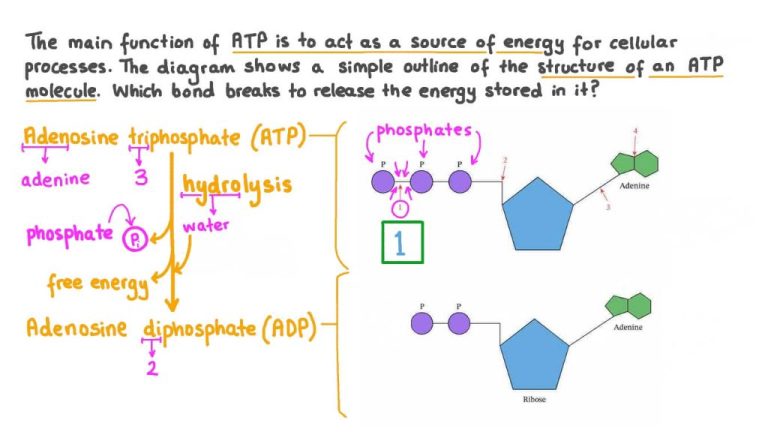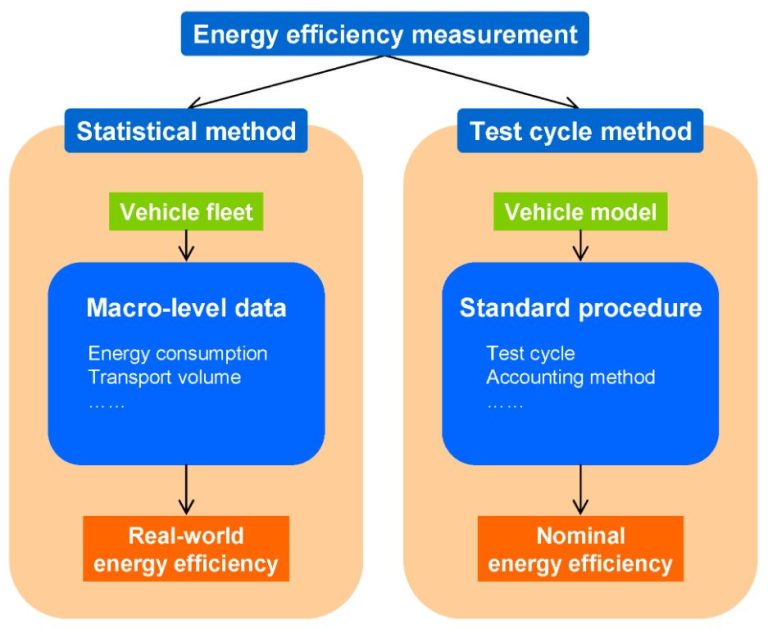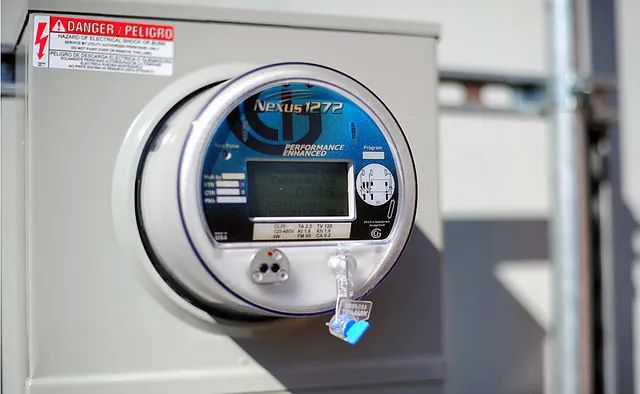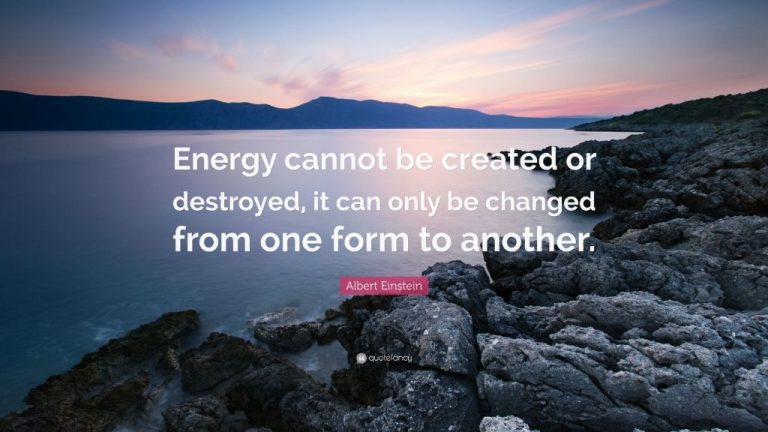What Is Reduce Materials?
Reducing materials refers to decreasing the amount of stuff that we consume and discard. This includes physical goods, packaging, food, and other resources. The concept of “reduce” is one of the 3 R’s of sustainability – reduce, reuse, recycle. It’s listed first because it’s often considered the most effective and important of the 3 strategies.
Reducing consumption and waste is crucial for both environmental and economic reasons. Our current linear economy of taking materials to make products which then get thrown away is wasteful and polluting. It depletes natural resources, fills up landfills, and releases greenhouse gases. The reduce principle aims to curb our appetite for consuming and disposing at high rates.
Some key ways to incorporate the reduce ethos include: buying and owning less stuff, choosing durable and reusable options, borrowing instead of purchasing, going paperless and digital, decreasing packaging and food waste, and more. This article will explore various strategies and tips for reducing materials in your everyday life.
The 3 Rs – Reduce, Reuse, Recycle
The 3 Rs — Reduce, Reuse, Recycle — are a well-known mantra for minimizing our environmental impact. The order is intentional, as reducing consumption has the greatest benefit for the planet. Recycling is important, but should be the last resort after you’ve reduced what you use and reused as much as possible.
Reducing means cutting back on purchases, especially of disposable, single-use items. This decreases waste, pollution from manufacturing and transportation, and the resources needed to make new products. Simple reductions like using reusable bags and water bottles make a collective difference. Reducing overall consumption is key — buying less to begin with prevents waste down the line.
Reusing gives a second life to items that might otherwise be trash. Creative examples include repurposing glass jars or donating clothes. When reuse isn’t possible, recycling ensures materials are recovered rather than sent to landfills. While beneficial, recycling still requires resources for collection, processing, and manufacturing new products.
Following the 3 Rs hierarchy is smart environmental stewardship. But reducing consumption has the most direct benefit for the planet. If we buy less and use less to start with, there’s less waste to deal with later.
Reducing Consumption
Reducing your overall consumption is one of the most impactful ways to reduce the use of materials. The more we consume, the more raw materials, packaging, energy, and waste is generated. Consumption has exploded in the past few decades, and the average person buys far more than they need to live comfortably. We are bombarded with advertisements and social pressure pushing us to constantly buy and accumulate more. However, acquiring less stuff can make life simpler and our homes more peaceful. Here are some tips for reducing consumption:
- Avoid impulse purchases and carefully evaluate each new item.
- Establish a buying ban for a period of time.
- Remove email marketing and unsubscribe from advertising catalogs.
- Question each purchase and think about how it will improve your life.
- Focus more on experiences rather than material objects.
- Reduce clutter by regularly donating unused items.
- Make a list before shopping and stick to it.
By being mindful of our real needs versus wants, and reducing clutter, we can dramatically cut back on resource use.
Buying Durable Goods
One important way to reduce materials is to buy higher quality, durable goods instead of disposable, single-use products. Opting for items that are built to last saves on materials over time compared to repeatedly buying replacements. There are many categories where durable options are available, such as kitchenware, furniture, appliances, tools, electronics, clothes, bags, and more.
For example, purchasing a quality pan made with sturdy materials can potentially last for decades with proper care. On the other hand, cheaper pans may warp, chip, or degrade after just a few years of use. While the durable pan often has a higher upfront cost, it ends up being the better value in the long run by avoiding the waste of buying pan after pan.
Similar logic applies to furniture, appliances, tools, and other household items. A thoughtfully crafted hardwood table can be a lifelong piece passed down generations, compared to a particleboard table that falls apart after light use. An efficient refrigerator made by a reputable brand is likely to have a much longer lifespan than a cheap model. Investing extra in durable goods often pays off exponentially when considering the reduction in materials waste over many years of use.
Reducing Packaging
Excessive packaging is a major environmental issue. Much of this packaging ends up in landfills and is rarely recyclable. Food items, toys, electronics and more often come with layers of plastic, foam, cardboard and other materials that end up going to waste.
There are several ways to reduce packaging waste in your daily life:
- Buy from bulk bins at the grocery store. Bring your own reusable bags or containers.
- Avoid pre-packaged produce and buy loose fruits and vegetables.
- Seek out products with minimal packaging – opt for bars of soap instead of bottles, etc.
- Choose larger sizes instead of individually wrapped items.
- Buy reusable versions of single-use items like water bottles, straws, and bags.
- Order takeout in your own reusable containers instead of using styrofoam.
- Refuse excess packaging whenever possible – don’t be shy to leave it behind!
With some effort, it’s possible to dramatically reduce the amount of packaging waste in your life. This saves money and helps the environment.
Borrowing and Sharing
Rather than buying items that are rarely used or only needed for a short time, consider borrowing and sharing instead. This reduces the overall materials needed to supply each household with goods.
Many communities now offer tool libraries as a way for residents to borrow equipment like ladders, carpet cleaners, tile cutters, and more. By sharing these items that are occasionally needed, each person doesn’t have to purchase their own.
Other things that can be shared include recreational gear, books, clothes, kitchen appliances, and more. Neighborhood sharing programs allow people to borrow items from each other. Rentals and short-term leases are another way to access goods without owning.
Services like Rent the Runway allow people to borrow clothes for special occasions rather than purchasing new outfits. By reducing individual ownership and increasing sharing, less has to be produced overall, resulting in less waste and resource use.
Buying Used
Purchasing used goods instead of new products is one of the easiest ways to reduce the environmental impact of consumption. When we buy used items from thrift stores, consignment shops, garage sales or classified ads instead of purchasing new, we reduce the demand for manufacturing new products.
The production of consumer goods like clothing, furniture, and electronics requires natural resources for materials as well as energy for manufacturing and transportation. Buying used, rather than new, extends the life of existing products and prevents additional resources being used to make new items.
Some examples of buying used include:
- Shopping at thrift stores for clothes, books, furniture, electronics, kitchenware, etc.
- Purchasing from consignment shops which often specialize in categories like children’s clothing.
- Browsing garage sales, estate sales, and classified ads for local used goods.
- Using platforms like Craigslist, eBay, and Facebook Marketplace to find used goods.
Used goods are often in great condition while being sold at a significant discount. Buying used saves shoppers money while reducing waste and the consumption of new resources. It’s a winning combination for both the wallet and the environment.
Reducing Food Waste
One of the easiest ways to reduce materials is by reducing food waste. According to the EPA, food waste makes up over 20% of landfill content in the United States. When food ends up in landfills, it generates methane, a powerful greenhouse gas. Reducing food waste not only conserves resources used to grow, process, transport, and store food, but also reduces greenhouse gas emissions from landfills.
There are several ways you can cut down on food waste:
- Plan meals ahead of time and only buy what you need. Overbuying food leads to spoilage and waste.
- Use leftovers. Designate a leftovers night each week to eat up leftovers in the fridge before they go bad.
- Understand expiration dates. “Sell by” and “best by” dates are not safety dates, so food is often still fine to eat after those dates.
- Store food properly to maximize freshness. Learn optimal storage methods for different foods.
- Compost food scraps instead of throwing them in the trash. Compost can be used to enrich garden soil.
With some small behavior changes in the kitchen, it’s easy to waste less food and reduce the materials used to produce and transport it. Planning meals, storing food correctly, and composting scraps are simple and effective ways to cut down on waste.
Using Digital Instead of Print
One way to reduce the use of physical materials is to switch from print to digital formats wherever possible. This could include reading books, magazines, and newspapers on e-readers, tablets, or your computer instead of buying physical copies. According to the American Forest & Paper Association, the average American uses more than 700 pounds of paper per year. Shifting even some of your reading to digital formats can make a significant dent in that number.
You can also help reduce paper usage by going paperless with bills and statements. Many banks and utility companies now offer paperless billing options where you can receive and pay bills online without needing to receive mailed statements. This will reduce the amount of paper you use.
Music and movie lovers can also go digital by downloading or streaming content rather than purchasing physical CDs, DVDs, and BluRays. Digital formats take up less physical space and don’t require manufacturing and packaging materials. The same goes for video games – downloading digital copies instead of purchasing physical game discs reduces the materials needed to distribute media content.
Making a habit of using digital alternatives instead of print can meaningfully reduce the amount of paper, plastic, and other materials consumed on a regular basis. It takes some adjusting but going paperless offers convenience and sustainability.
Conclusion
Reducing the materials we consume is an important way for individuals to lower their environmental impact. By being mindful of what we buy and how we use products, we can reduce waste and conserve natural resources.
Some key ways to reduce materials discussed here include: buying durable goods built to last, reducing packaging waste by choosing products with minimal packaging, borrowing and sharing items instead of purchasing new, buying used goods, reducing food waste through proper planning and storage, and using digital options instead of paper and print when possible.
Making small changes to our consumption habits can have a big collective benefit for the planet. If more people are aware of how to reduce their materials use, it can lead to less waste, pollution, and pressure on natural systems. By applying some of the concepts covered here, you can directly lower your environmental footprint.
With a growing global population, it’s more important than ever that we make responsible choices in what we buy and how we live. Reducing materials use is an impactful step each of us can take today to move towards a more sustainable future.






